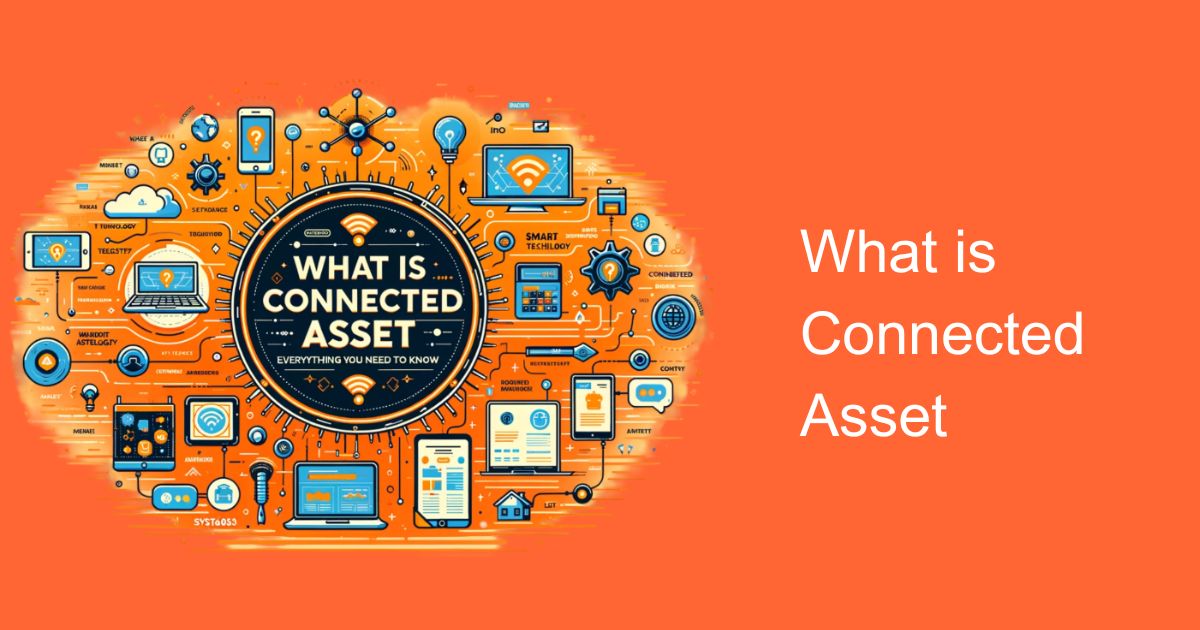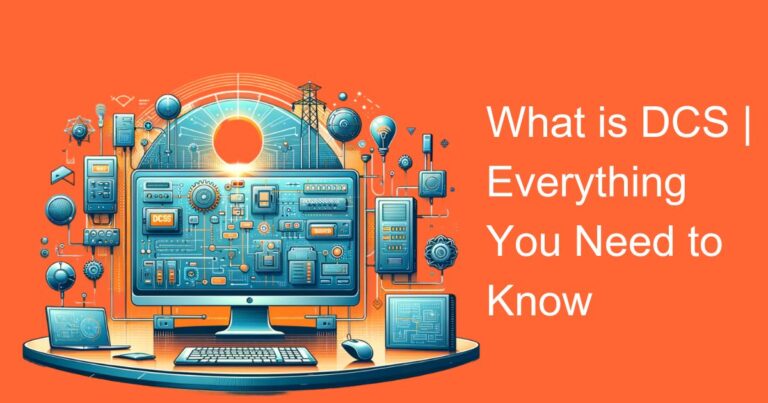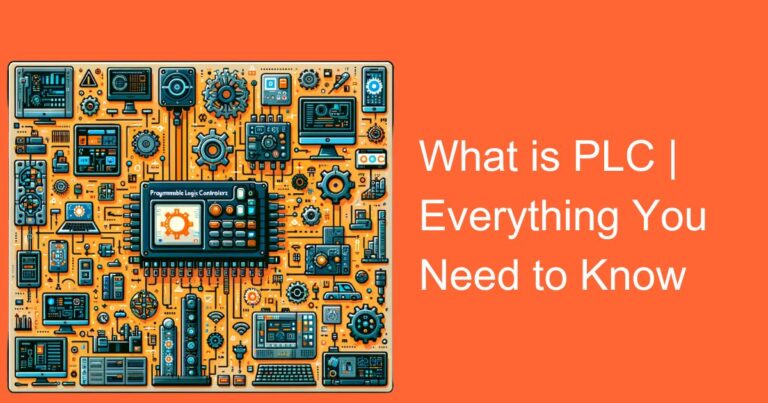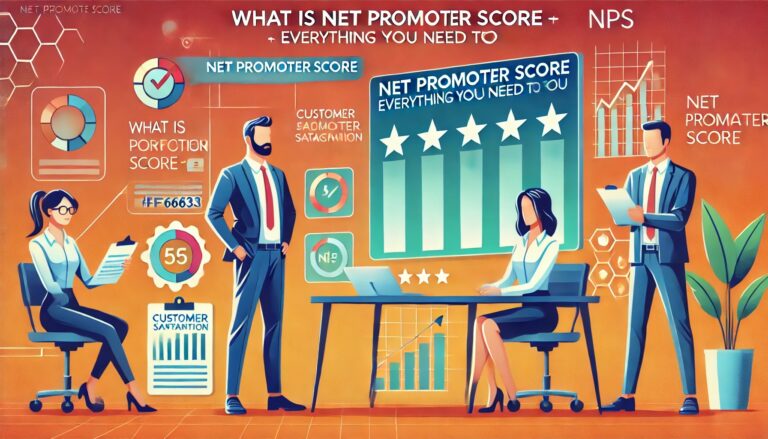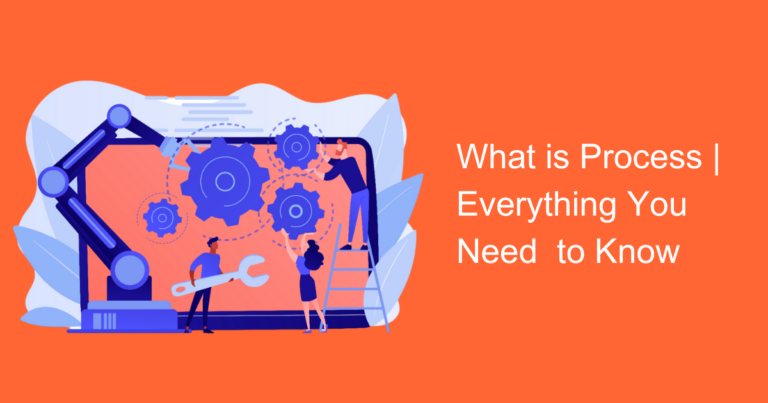Introduction
In the era of digital transformation, the concept of connected assets has emerged as a pivotal force driving efficiency, productivity, and innovation across various industries. From manufacturing plants to smart cities, connected assets are revolutionizing the way businesses operate and individuals interact with their surroundings. In this comprehensive guide, we delve into the what is connected assets, their significance, and their implications within the Indian context.
Understanding Connected Assets
Connected assets refer to physical objects or systems that are equipped with sensors, software, and connectivity features, enabling them to collect and exchange data with other devices or centralized systems. These assets can range from machinery and vehicles to infrastructure components such as bridges and utility grids. The integration of Internet of Things (IoT) technology plays a pivotal role in transforming these conventional assets into smart, interconnected entities.
The Anatomy of Connected Assets
At the core of connected assets lie a myriad of components working in tandem to facilitate seamless data exchange and intelligent decision-making. These components typically include:
Sensors:
Sensors embedded within assets capture various types of data such as temperature, pressure, vibration, and location in real-time.
Connectivity:
Connectivity protocols like Wi-Fi, Bluetooth, and cellular networks enable assets to transmit data to centralized platforms or other interconnected devices.
Data Analytics:
Advanced analytics tools process the incoming data streams, extracting valuable insights and identifying patterns or anomalies.
Remote Monitoring and Control:
Through centralized platforms, stakeholders can remotely monitor asset performance, diagnose issues, and even initiate corrective actions in real-time.
The Significance of Connected Assets
The adoption of connected asset solutions offers a plethora of benefits across different sectors:
Enhanced Efficiency:
Real-time monitoring and predictive maintenance capabilities minimize downtime and optimize asset utilization, thereby improving operational efficiency.
Cost Savings:
Proactive maintenance strategies based on data analytics help organizations reduce maintenance costs and extend the lifespan of critical assets.
Improved Safety:
By continuously monitoring asset health and environmental conditions, connected assets contribute to creating safer working environments and preventing potential hazards.
Data-Driven Insights:
The wealth of data generated by connected assets empowers organizations to make informed decisions, optimize processes, and uncover new business opportunities.
Sustainable Practices:
Optimized resource utilization and reduced energy consumption contribute to sustainability goals, aligning with global initiatives for a greener future.
Connected Assets in the Indian Context
In India, the adoption of connected asset solutions is gaining momentum across various sectors, driven by factors such as:
Industry 4.0 Initiatives:
With the government’s emphasis on initiatives like Make in India and Digital India, industries are increasingly embracing connected asset technologies to enhance competitiveness and productivity.
Smart Cities Mission:
As urbanization accelerates, the Smart Cities Mission aims to leverage IoT and connected infrastructure to improve urban services, optimize resource allocation, and enhance citizens’ quality of life.
Agricultural Innovation:
In agriculture, connected assets such as precision farming equipment and IoT-enabled sensors are empowering farmers to make data-driven decisions, optimize irrigation, and improve crop yields.
Transportation and Logistics:
The transportation sector is leveraging connected assets for fleet management, route optimization, and real-time cargo tracking, thus streamlining operations and reducing costs.
Energy Management:
With the push towards renewable energy and smart grids, connected assets play a crucial role in monitoring energy production, optimizing distribution, and promoting energy efficiency.
Challenges and Considerations
While the benefits of connected assets are compelling, their implementation is not without challenges. Key considerations include:
Data Security and Privacy:
With vast amounts of sensitive data being collected and transmitted, ensuring robust cybersecurity measures is paramount to safeguard against potential threats and breaches.
Interoperability:
The interoperability of diverse connected asset systems and technologies remains a challenge, necessitating standardized protocols and frameworks for seamless integration.
Skill Gap:
The successful deployment and management of connected assets require a skilled workforce proficient in IoT technologies, data analytics, and cybersecurity, highlighting the need for continuous upskilling and training initiatives.
Regulatory Compliance:
Compliance with data protection regulations and industry standards adds complexity to the deployment of connected asset solutions, requiring organizations to navigate a labyrinth of legal and regulatory requirements.
Conclusion
In conclusion, connected assets represent a transformative paradigm shift with far-reaching implications for industries, economies, and societies at large. In the Indian context, the widespread adoption of connected asset solutions holds immense potential to drive innovation, enhance efficiency, and address pressing challenges across diverse sectors. However, realizing these benefits requires concerted efforts to address challenges related to security, interoperability, skills development, and regulatory compliance. By embracing the opportunities presented by connected assets and navigating these challenges effectively, India can pave the way for a future characterized by digital resilience, sustainability, and prosperity.


